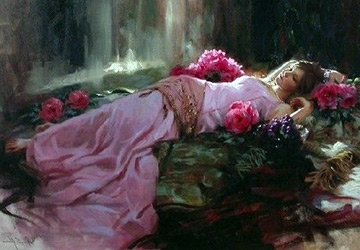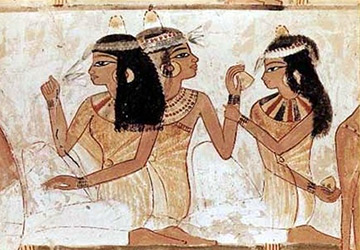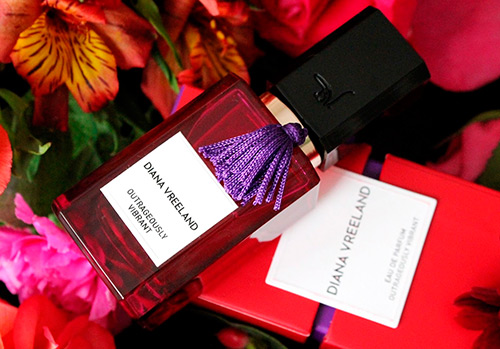Perfumery
History of perfumery in India
India cannot be imagined without aromas. Aromas accompany everywhere here. Their presence is everywhere, not only in churches, but also at weddings and at any family celebrations. Aromas such as rose, nutmeg, cinnamon, cloves, patchouli, cardamom are a must in every Indian home.
Back in IX BC. NS. in India, many spices were known, such as pepper, ginger, turmeric, ginger, nutmeg. It was from this legendary country in ancient times that they were delivered to Egypt, Greece, Rome. This is known in the oldest written records. Nature has generously endowed this region with its fragrant fruits and incense. The sensual temperament of the inhabitants of India is easy to explain, because few countries in the world can compare with India in such a wealth of flowers and plants.
In the southern expanses of India, tropical vegetation is widespread, and in the northern, especially in Kashmir, roses and other flowers familiar to us bloom.
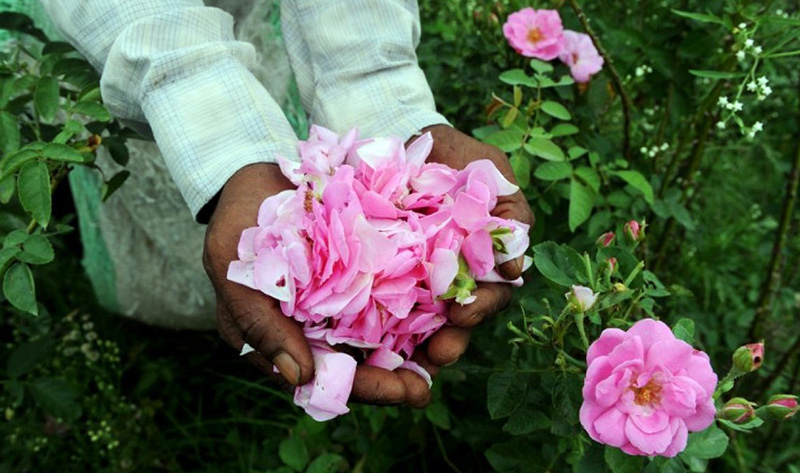
“There are thousands of flowers blooming, fragrant,
The buds drink the dew, wake up in a hurry,
There, each of the flowers, shining with petals,
Pours scent into the intoxicating sweet air
There a rose leafs through a book of its petals,
Tulip bowl there, like scarlet wine,
There the northern wind blows with fragrant ambergris ... "
from the Indian poem "Anwar and Suiley"
In the 13th century, the Venetian merchant and traveler Marco Polo wrote about the fabulous treasures of India and China. He talked about the growth and healing effect of spices, about the wonders of a fabulous country. His book inspired many to travel to the distant shores of India. Vasco da Gama, Magellan, Christopher Columbus sought to find sea routes to the mysterious country. They made many discoveries on their way.
At the cost of many lives, Indian treasures ended up in Portugal and Spain. One of those who managed to successfully complete the voyage and reach the shores of their native Portugal was Vasco da Gama. He repeatedly returned with a valuable load of spices and incense, reaching India and the island of Ceylon. As a result, Portugal became the center of the spice trade. From here black pepper, cinnamon, ginger, nutmeg, cardamom, cloves, galangal came to Europe.
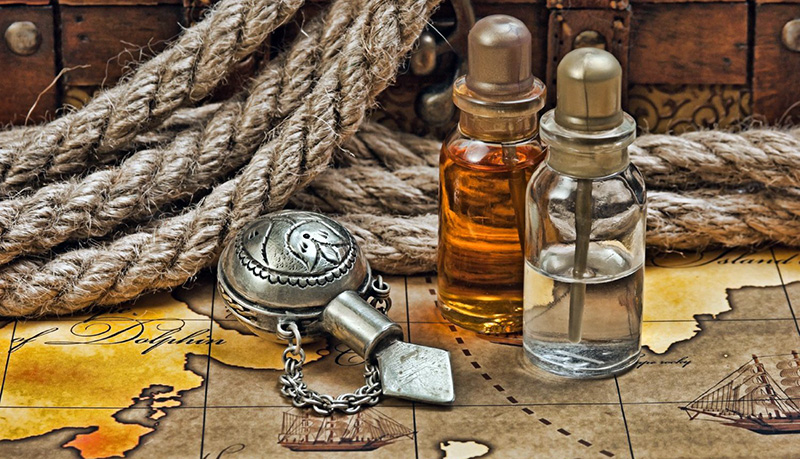
In India, aromatic mixtures were made from plants - backgammon. One of the most famous was backgammon from the components of the Himalayan plant nardostachis, which retained its fragrance for a long time.
Incense recipes were highly valued in India and were known only to initiates, who had the right to secret knowledge about God, about the soul, about prayer. To this day, incense remains an integral part of many rituals in India. Indians have a penchant for incense similar to custom. Arabs.
The scent of a rose in India, as well as in the Middle East, was considered one of the most pleasant. In wonderful gardens along the paths along which Indian princes and princesses walked, special grooves filled with rose water were drawn. The fragrant water soaked the air around, and the princesses could enjoy the scent of beautiful flowers all day.
Indian myths say that the most beautiful woman in the world, Lakshmi, was born from a blossoming rosebud, and Vishnu, the guardian of the universe, seeing the beauty, fell in love with her. Lakshmi became his wife and goddess of beauty, and the rose became a symbol of divine mystery.
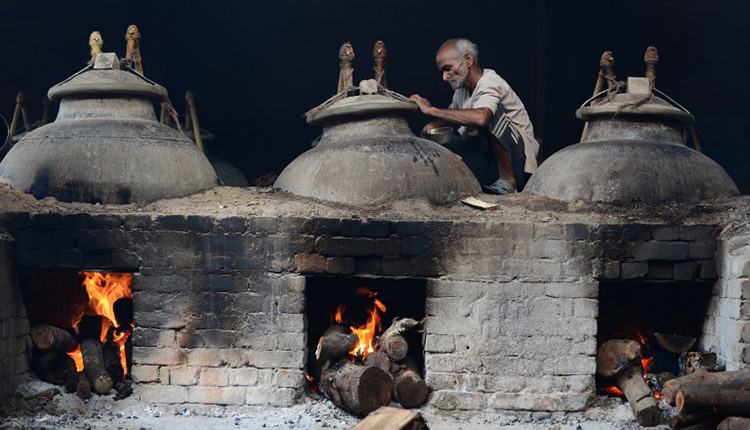
“Do you know the beauty of distant Kashmir?
Flowers of Kashmiri roses are more beautiful than any other ... "
In addition to the rose, jasmine, which Indian poets called "moonlight in the groves", enjoyed special respect.
Pandang, champak, kurna, bucol, henna and many other plants in India have a strong and pleasant smell. The favorite scents of Indians have always been musk, amber, civet, backgammon, patchouli and couscous. Mats and curtains were made from the root fibers of the latter. If these items are exposed to the sun when wet, they will emit a fragrance.But this is not a complete list of precious incense that deserves a mention. For rubbing the body, the Indians used various compositions in the form of powders, essences and ointments, the components of which were sandalwood, aloe, tumerica, rose, camphor and other aromatic substances.
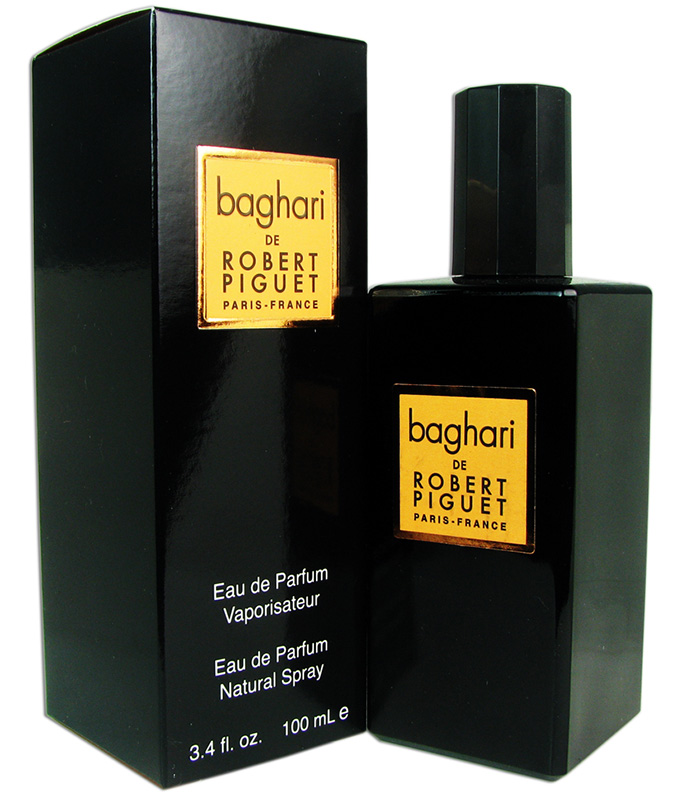
Mysterious and mysterious India, it continues to amaze with its amazing beauty even today. The fragrant plants of the country, which were valued on a par with gold, have glorified it since antiquity, and even now they have magical powers for many. India is famous for its large production of incense for temples and dwellings. Almost every Indian has a small altar at his home and in his service, in which he lights incense sticks to his deity (the number of gods in India is estimated at thousands).
More than once, modern perfumers turned again and again to the ancient history of India, saturating their compositions with flowers and spices that glorified the country. One of these perfumes is the Baghari perfume from Rober Piguet... The name is consonant with the ancient Indian city. The composition contains aromas of flowers - rose, jasmine, iris, as well as citrus and vanilla, which make it sensual and delicate. Baghari is a regal scent that can only be found in the East.
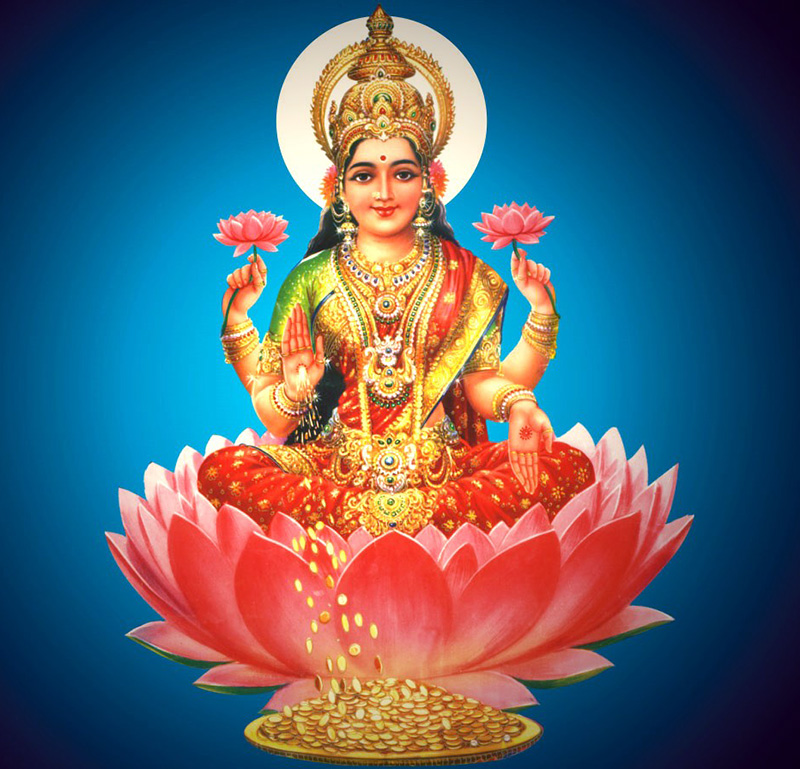
Comments and Reviews
Add a comment
Rating news
Shades of clothing that make women look younger
What shades of hair make women younger: rules and photos
Funny wedding dresses - photos and ideas
12 most expensive down jackets for the winter
How to look 25 at 40: tips from supermodels
Beautiful schoolgirls
Anti-aging haircuts and hairstyles for women
Fashionable skirts for autumn and winter
Fashionable women's trousers for the cold season
Fashionable and stylish sandals for summer 2024
Spring-summer 2024
 Fashionable dresses and tops with thin spaghetti straps
Fashionable dresses and tops with thin spaghetti straps
 Bandana tops: how to wear stylishly and beautifully
Bandana tops: how to wear stylishly and beautifully
 How to put together the perfect men's wardrobe for the summer
How to put together the perfect men's wardrobe for the summer
 Fashionable shorts for spring-summer 2024
Fashionable shorts for spring-summer 2024
 Fashionable skirts for spring-summer 2024: a guide to online shopping
Fashionable skirts for spring-summer 2024: a guide to online shopping
 The most fashionable dresses spring-summer 2024: styles and colors
The most fashionable dresses spring-summer 2024: styles and colors
 Fashionable total look 2024: ideas of images and trends
Fashionable total look 2024: ideas of images and trends
